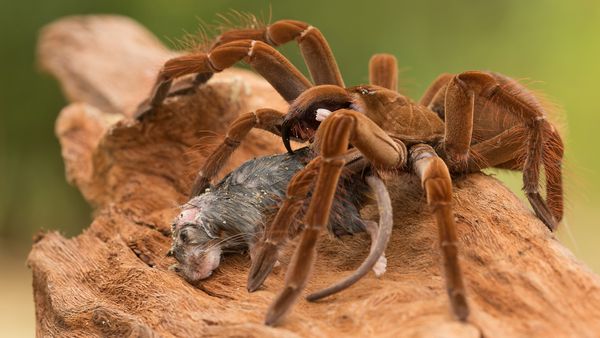
Key Takeaways
- The peacock tarantula, also known as the Gooty sapphire tarantula, is critically endangered and known for its vibrant blue coloration.
- Its habitat is limited to a small forest area in Andhra Pradesh, India, where it lives in tree holes and preys on flying insects.
- Conservation efforts are crucial as its habitat faces threats from logging and firewood harvesting, and the species is also in high demand in the pet trade.
The Gooty sapphire tarantula, also known as the peacock tarantula (Poecilotheria metallica), has captivated arachnid enthusiasts and researchers alike. Peacock tarantulas are renowned for their vibrant blue hair, which sets them apart from other species in the genus Poecilotheria.
In this article, we will explore the unique characteristics, habitat, behavior and conservation status of the Gooty sapphire tarantula, a critically endangered species.
Advertisement
Advertisement

